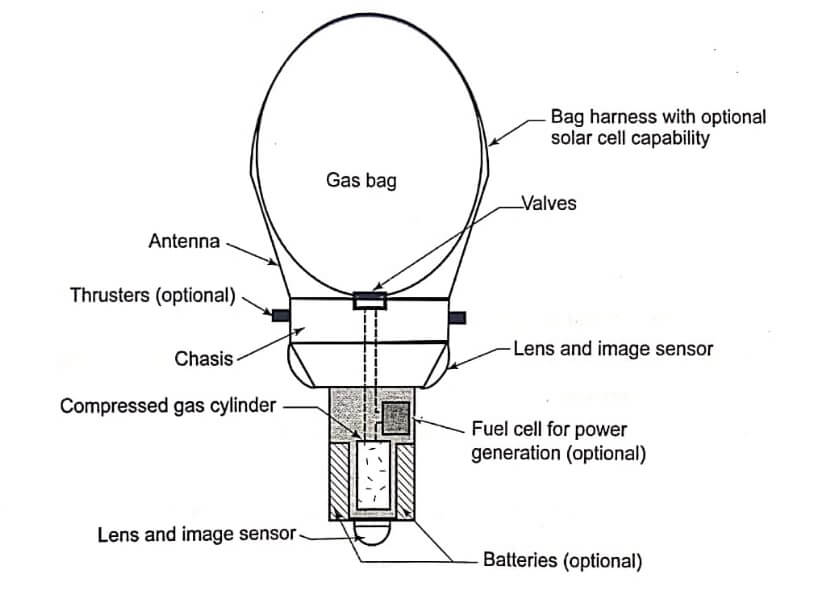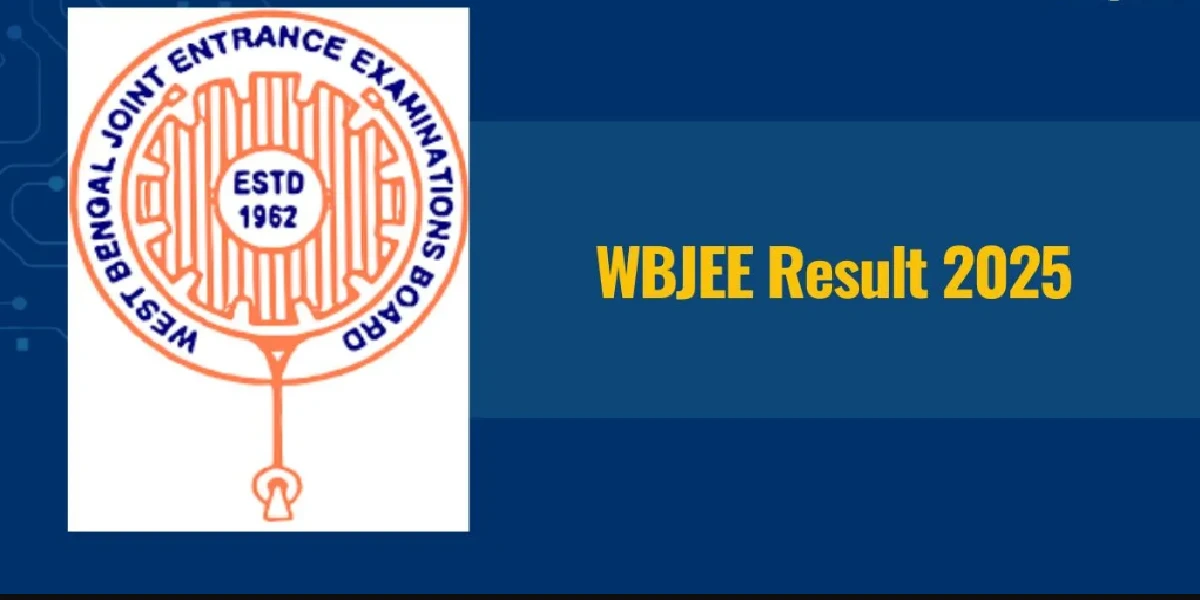Surveillance generally refers to monitoring or observing a person or a group of people from a certain distance, frequently, although not necessarily, comprising the use of electronic equipment and/or other technological devices. Wireless surveillance balloon equipment is typically used in warfare and/or in counter-insurgency operations to monitor the activities of an enemy from a distance, thereby reducing the risk of confrontations which may result in injury, and possible death, to friendly personnel.

Surveillance equipment may also be used to monitor hazardous situations from a distance, such as for example, as may be associated with chemical hazards, explosive hazards, and the like, so as to provide advance information to personnel responsible for controlling the hazards. Other applications may include search and rescue missions, police operations, and homeland security activities.
With the ever growing threat of terrorism the needs for a more economic method of surveillance to constantly monitor large areas of concern keeps on growing. Conventional surveillance systems, both wired and wireless, become uneconomical when the subject area is a large open land mass where an overall broad perspective view is important.
It is in such domains of surveillance that wireless surveillance balloon becomes both necessary and economical. Wireless surveillance balloon is an Aerostats or Tethered balloons which carry surveillance cameras high-up in the air to a obtain a broader perspective view of the target area. It is useful for both military and civil operations. These surveillance balloons are essentially robots, capable of operating on their own when necessary. They also are able to operate in an intelligent cluster where together they can accomplish a goal by coordinating their efforts. Thus they become a socially interactive multiple robot system.
Aerostats, also sometimes referred to as captive balloons are tethered Lighter- than-Air (LTA) platforms filled with either Helium or Hydrogen which helps them stay aloft in air due to buoyancy. Their relative cheapness and case of maintenance makes them an attractive option to be considered as a platform for carrying surveillance camera.
Need for Wireless Surveillance Balloon
As the threat of terrorism grows, a common prevailing need of surveillance is to monitor large areas of concern in the civil sector with a general overall perspective rather than acquiring pin-point detail. Take for example the Indo-Pak border which is one of the longest high-tension border in the world. The border stretching 3323km is constantly under vigil and major sectors like the Jammu sector in Kashmir and Gujarat sector have already been fenced. However, despite the fencing, the infiltration still continues.
Any attempt to have a round-the-clock constant video surveillance through cameras mounted on poles is unfeasible because of elaborate wiring and network requirements. On the other hand, cameras mounted on aerostats can cover a much larger area making the whole idea feasible.
The major advantage of aerial surveillance using wireless surveillance balloon is to provide a broad perspective view of the area from air, which leads to increased situational awareness and hence faster and more efficient surveillance. The concept of broader perspective becomes obvious in some situations like border and coastal surveillance.
Another military use of wireless surveillance balloon is during battles, where an aerostat system can provide increased situational awareness and battlefield knowledge allowing them to properly plan their moves with respect to their enemy. Such a system needs to be cheap and take less time for deployment.
Elements of Wireless Surveillance Balloon – Today’s surveillance balloons are relatively small in comparison, and typically may include a payload with a video camera, a thermal imager, a laser range finder, and/or other sophisticated equipment adapted to record video images, and sometimes audio, and to transmit the images (and audio) back to a monitoring station. Furthermore, in some cases, the surveillance balloons may be robotic adapted to operate, including move, without receiving control inputs from the monitoring station. Balloons may act individually or alternately clusters may act robotically (in unison) without command input at times. Video surveillance information is preprocessed and then sent via wireless communications links. Batteries and/or gas cylinders may be selectively jettisoned to facilitate vertical movement. Balloons may optionally have thruster mechanisms to facilitate lateral movement which may in some embodiments be powered by a source of combustible gas which is also used for providing lift.
Various essential elements of a wireless surveillance balloon are listed below: One or more sensor assemblies which may one or more sensors selected from the group consisting of: (a) image sensors, (b) thermal sensors, (c) audio sensors, (d) location sensors, (e) altitude sensors, (f) a compass, and (g) motion sensors;
One or more communication modules, located in the housing and/or the surveillance payload, which communication modules may be adapted to transmit data collected by the sensors to one or more user interfaces and/or one or more remote monitoring stations;
An illumination source, which illumination source may reside in the surveillance payload and/or the housing;
An anchor line which may be adapted to anchor the deployable surveillance balloon to the housing after deployment;
A lighter-than-air (LTA) gas source which may be adapted to provide lighter- than-air gas for inflation of the surveillance balloon during and/or after deployment;
Ancillary components which may facilitate the operation of the system, such as power sources, gas lines, wires, control circuitry, databases, displays, regulators, latches, springs, levers, gaskets, etc.
Applications of Wireless Surveillance Balloon
Wireless surveillance balloon have been used for various applications like:
- border security (TARS) in military,
- enhancing battlefield situational awareness,
- coastal surveillance,
- platform for mounting telecommunication, television, radio transmitters and broadband equipment
- aerial platform for scientific instrument testing,
- aerial platform for weather prediction instruments,
- terrestrial mapping
- for holding up large array radio telescopes.
Advantages of Wireless Surveillance balloon
Certain key advantages that wireless surveillance balloon enjoy are:
- Cheaper
- Safe
- Rapid deployment in rural or non-urban areas allows for quick and inexpensive establishment of communication networks.
- Easy to deploy and maintain.
- Require minimum crew-training for handling, making it easier to incorporate into the already established surveillance infrastructure.
- Provides a broad perspective/view of target area for video surveillance.
- Aerostats can be used as a platform for Radars, IR/optical sensors, and other sensor equipments.
- Can be used as cheap low-altitude telecommunications relay platforms for purposes like broadband communication and wide area networks (WAN). Bigger more sophisticated aerostats flying at an altitude of 15000m can be used as cheap low-maintenance geostationary satellites.
Factors to be considered while choosing a surveillance balloon
Unlike many countries, India’s extreme and diversified tropical climate presents many challenges to aerostat envelope design. The extremely high May-June temperatures produce highly turbulent weather at low altitudes, which makes it essential to evaluate the stability of the design in high turbulence. Besides, since the Indian market is very price-conscious which makes it apparent that cost-reduction becomes imperative. Certain key issues that will have to be kept in mind while choosing a wireless surveillance balloon for the Indian market:
- Economy
- Durability of envelope in tropical continental weather.
- Durability of envelope against the severe monsoons (extreme humidity).
- The tropical weather generates strong turbulent gusts during noon-time, and so the aerostat should be designed to withstand such gusts.
- Good stability in high-wind conditions and the ability to not lose altitude in such winds.
- The balloon itself should be easy to manage and replace when required.
- The electronic equipment should be weatherproof, and the gimbal system to mount these electronics should be gyro- stabilized.
- It is very essential that the parts should be easily accessible as unavailability of spare parts can be a major setback.
| Read More Topics |
| Communication channel |
| Electromagnetic waves |
| Radio over fiber links |





